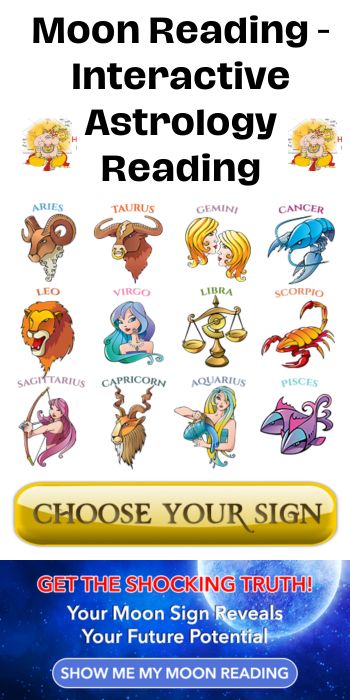Get ready to witness the moon like never before! Imagine the Earth’s shadow slowly creeping across the lunar surface. It transforms our familiar neighbor into a glowing, crimson orb. Lunar eclipses are way easier to see than solar eclipses. The 2025 lunar eclipse offers a special treat for skywatchers. It will have unique conditions that make it even more stunning.
What is a Lunar Eclipse and How Does it Happen?
Lunar eclipses happen when the Earth passes between the sun and moon. The Earth blocks the sun’s light. This casts a shadow on the moon.
The Dance of the Sun, Earth, and Moon
Think of it like a cosmic dance. The sun shines on the Earth. The Earth then casts a shadow into space. When the moon moves into that shadow, we will see and get a lunar eclipse. This alignment is what makes the event possible.
Umbra, Penumbra, and Totality
A lunar eclipse has a few phases. The penumbra is the lighter, outer part of Earth’s shadow. When the moon enters this, it only dims slightly. The umbra is the dark, central part of the shadow. As the moon moves into the umbra, the eclipse becomes more obvious. Totality is when the entire moon is inside the umbra. This is when it turns red.
Why is the Moon Red During a Lunar Eclipse?
Why does the moon turn red? It’s because of something called Rayleigh scattering. Sunlight is made up of different colors. As sunlight passes through Earth’s atmosphere, blue light is scattered away. Red and orange light are less affected. This red light bends around the Earth and reaches the moon. Thus, it appears red to us.
Lunar Eclipse 2025: Dates, Times, and Visibility
The 2025 lunar eclipse is coming, so get your calendars ready! It will be a sight to behold.
Exact Dates and Times for Each Phase
Note that these are in Universal Time Coordinated (UTC).
- Penumbral begins: March 14, 2025, 08:54 UTC
- Partial begins: March 14, 2025, 09:58 UTC
- Totality begins: March 14, 2025, 11:06 UTC
- Greatest eclipse: March 14, 2025, 11:30 UTC
- Totality ends: March 14, 2025, 11:53 UTC
- Partial ends: March 14, 2025, 13:02 UTC
- Penumbral ends: March 14, 2025, 14:06 UTC
Time Zone Conversions (Approximate):
- Eastern Time (ET): Subtract 5 hours from UTC
- Central Time (CT): Subtract 6 hours from UTC
- Mountain Time (MT): Subtract 7 hours from UTC
- Pacific Time (PT): Subtract 8 hours from UTC
Where to Watch: Best Viewing Locations
The 2025 lunar eclipse will be visible from many places. North America, South America, Europe, and parts of Asia should have a good view. The best views will be in areas where the moon is high in the sky during totality. Some regions will only see a partial eclipse. Others might miss it completely.
Factors Affecting Visibility: Weather and Light Pollution
Weather can make or break your eclipse viewing. Clouds, rain, and fog will block the view. Light pollution also matters. City lights can make it hard to see faint details. To get the best view, find a dark spot away from city lights.
Preparing to Watch the Lunar Eclipse
Planning is key for enjoying the lunar eclipse. Gather your gear and pick the perfect spot.
Essential Equipment: Binoculars, Telescopes, and Cameras
Your eyes work just fine! However, binoculars will enhance the view. They will bring out details on the moon’s surface. A telescope will provide an even closer look. If you want to capture the event, a camera with a zoom lens is a must.
Finding the Best Spot: Location Scouting and Timing
Scout your location before the eclipse. Look for a place with a clear view of the sky. High elevation can help. Minimize light pollution. Arrive early to set up. Give your eyes time to adjust to the darkness.
How to Photograph a Lunar Eclipse
Photographing a lunar eclipse can be challenging. Use a tripod to keep your camera steady. Experiment with different camera settings. Start with a low ISO and a wide aperture. Adjust the exposure to capture the red glow.
Interesting Facts and Trivia About Lunar Eclipses
Lunar eclipses are not only beautiful. They also have a rich history and interesting facts.
Supermoons and Blue Moons: When Eclipses Get Extra Special
Sometimes, a lunar eclipse happens during a supermoon. It appears larger and brighter than usual. A blue moon is the second full moon in a month. An eclipse during a blue moon is rare.
Conclusion: Witness the Magic of the Night Sky
The 2025 lunar eclipse is a celestial event you won’t want to miss. It’s a chance to witness the beauty of our solar system. Plan ahead, find a good spot, and prepare to be amazed. Don’t forget to check your local weather forecast closer to the date! Share the experience with friends and family. Enjoy the magic of the night sky.



Leave a Reply